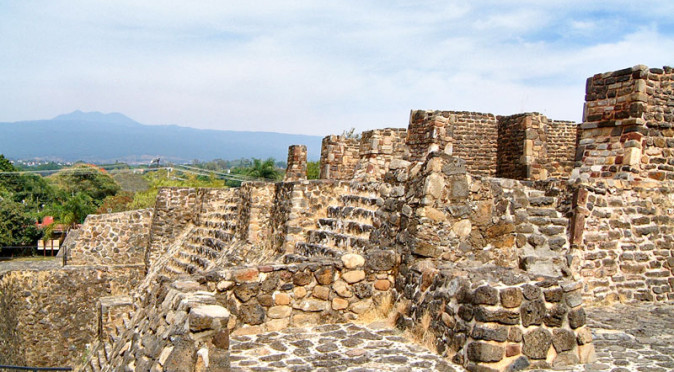
Teopanzolco: The Temples of Tlaloc & Huitzilopchtli
The Twin-Stairs of Building 1 suggests that temples would have been dedicated to Tlaloc & Huitziloopchtli and the builders would be Aztec, so why was it abandoned?

The Twin-Stairs of Building 1 suggests that temples would have been dedicated to Tlaloc & Huitziloopchtli and the builders would be Aztec, so why was it abandoned?
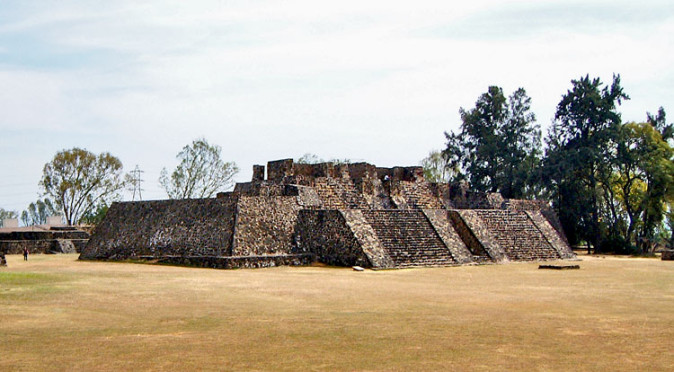
The Great Platform dominates the archaeological site of Teopanzolco, but its huge, low profile is very irregular. The reasons for this are instantly recognisable from the top…
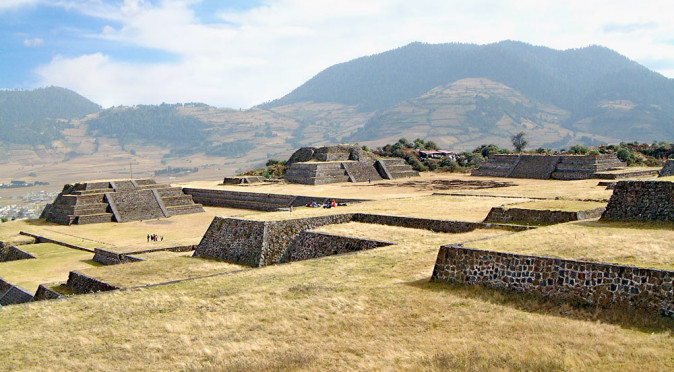
Looking out over the vast valley below, to the mountainous horizon of the east, are Groups A and B and their respective pyramids, which may have a hidden history and purpose.
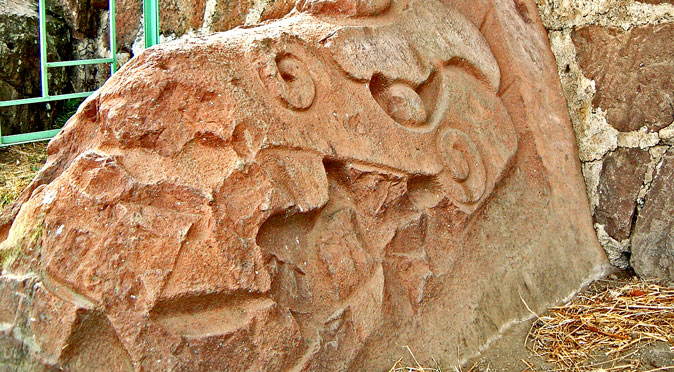
A giant carving of a serpents head protrudes from the eastern wall of the Grupo de la Serpiente, which may indicate a celestial purpose to Structure 2D.
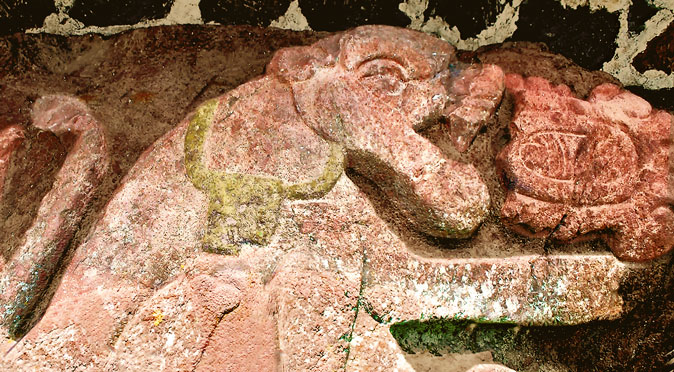
The mysterious carving of a jaguar devouring a heart is carved prominently on the wall next to the entrance to Teotenango and was designed to be seen by all entering the city.
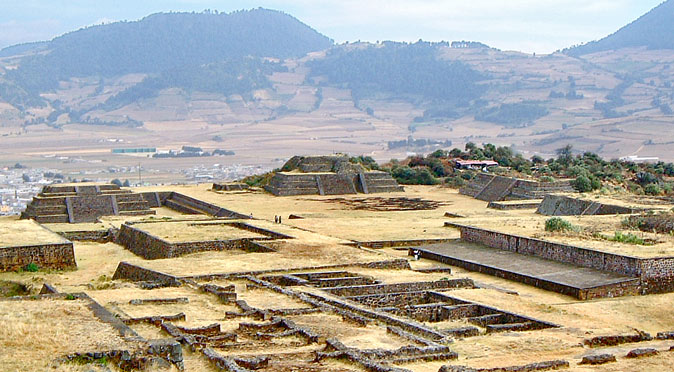
The mysteriously rapid construction of Teotenango’s two cities and its meteoric expansion during the Late Classic Period could explain another of Mesoamerica’s enduring mysteries…
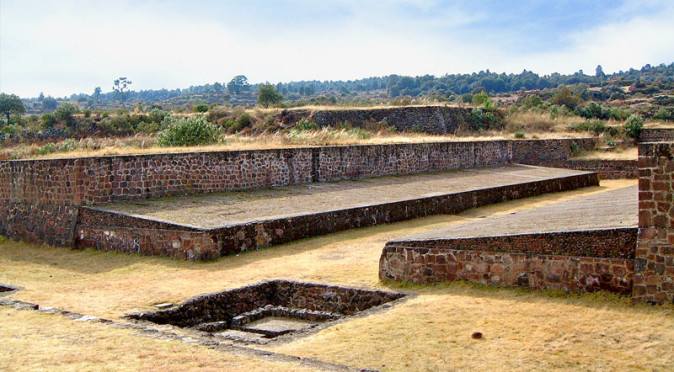
Measuring 53 metres in length, Teotenango’s ball-court is quite substantial, which demonstrates the game was an important part of life (and death!).
codepeople-post-map require JavaScript
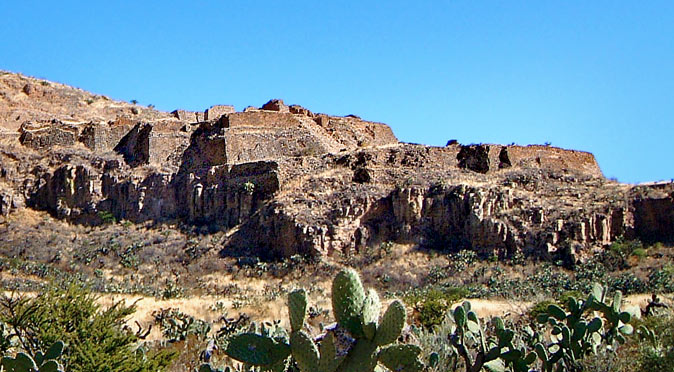
The history of La Quemada is both mysterious and perplexing, and recent discoveries which push its founding back to the 4th century have only added to this mystique.
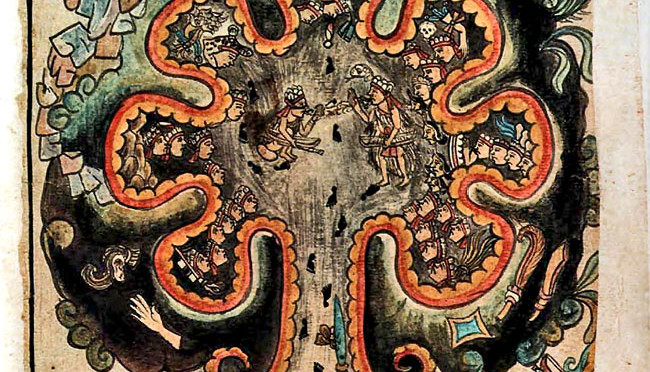
Chicomoztoc is the fabled birthplace of the Seven Tribes of Mexico, a legend predominantly passed down from the Aztec that demonstrates they were related to their rivals of Central Mexico.
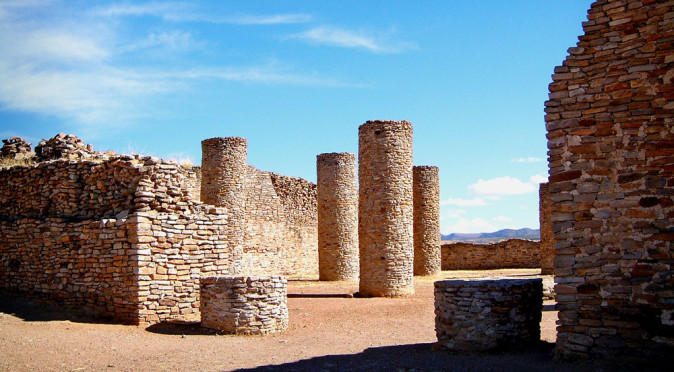
The Hall of Columns is the most iconic of all La Quemada’s buildings, but the cavernous design and lack of windows suggests it had a sinister purpose.
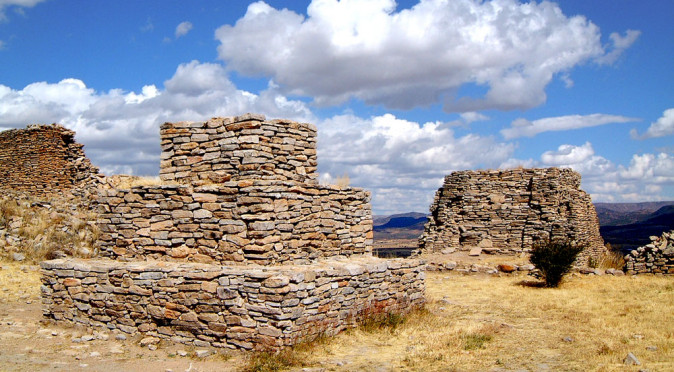
La Ciudadela takes its name from its strategic and easily defensible location right at the top of the La Quemada complex, however it function was clearly religious.
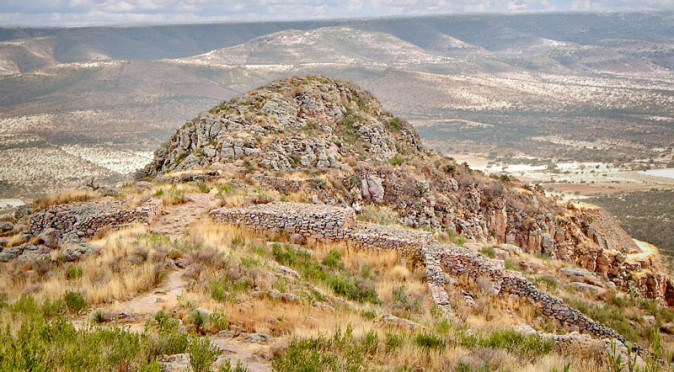
The defensive qualities of La Quemada are clear for all to see which is why it was thought to be a Post Classic citadel. However, evidence now suggest a very different story…
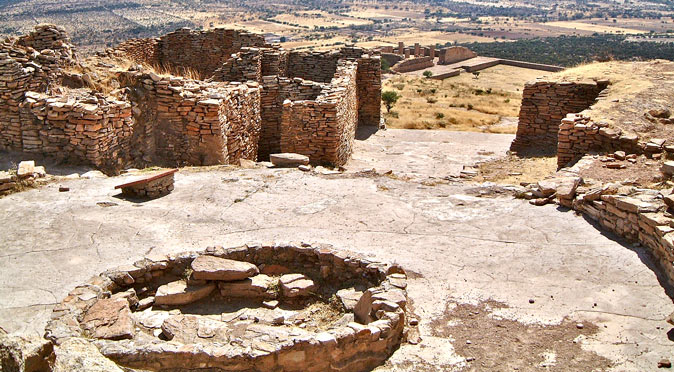
The Conjunto Pirámide-Osario includes the Patio Circular, a small sacrificial pyramid and a graveyard, and is part of a large religious complex that includes the Cuartel.
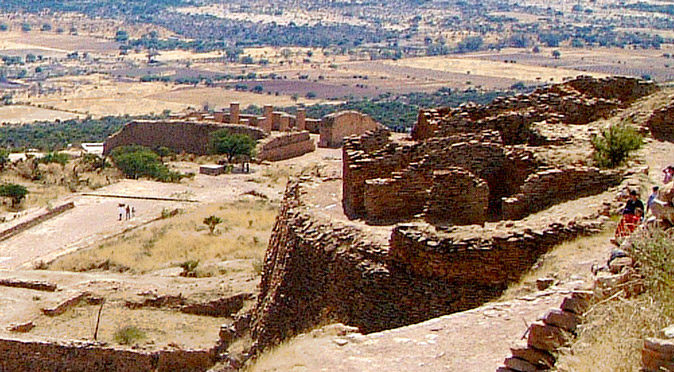
The Cuartel was formally thought to be a barracks for the fortress city, but evidence now suggests it was a religious complex, with a shrine and celestial observatory.
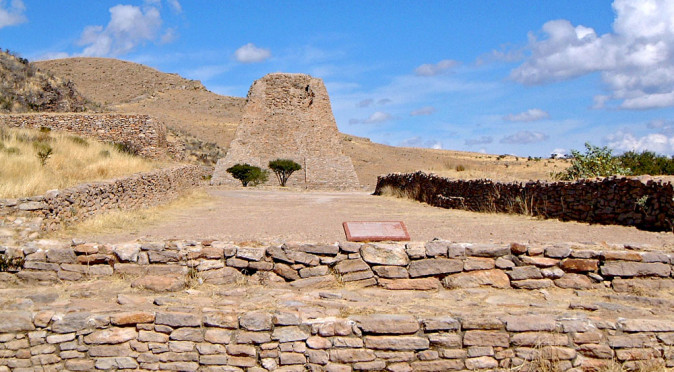
The Ball Court at La Quemada is one of the few typically Mesoamerican features that is found at the site, although there are still some anomalies which raise questions.
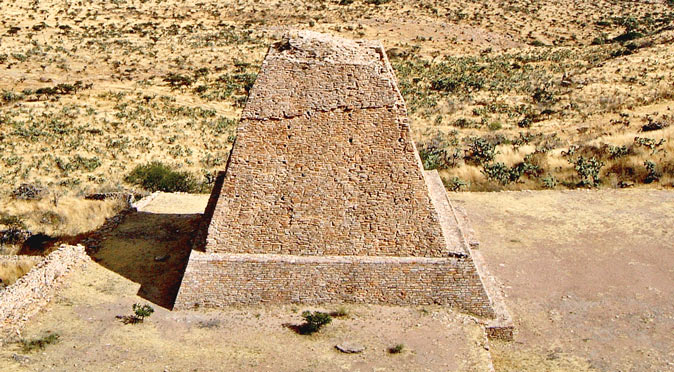
The Votive Pyramid dominates La Quemada’s ceremonial centre. It’s unusual design raised serious questions about how and why it was built.
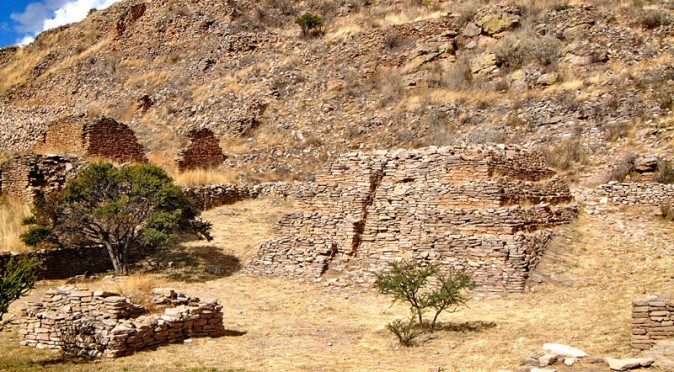
La Quemada’s third level features an enormous terrace on which they built a large ceremonial complex that appears to have been dedicated to human sacrifice.